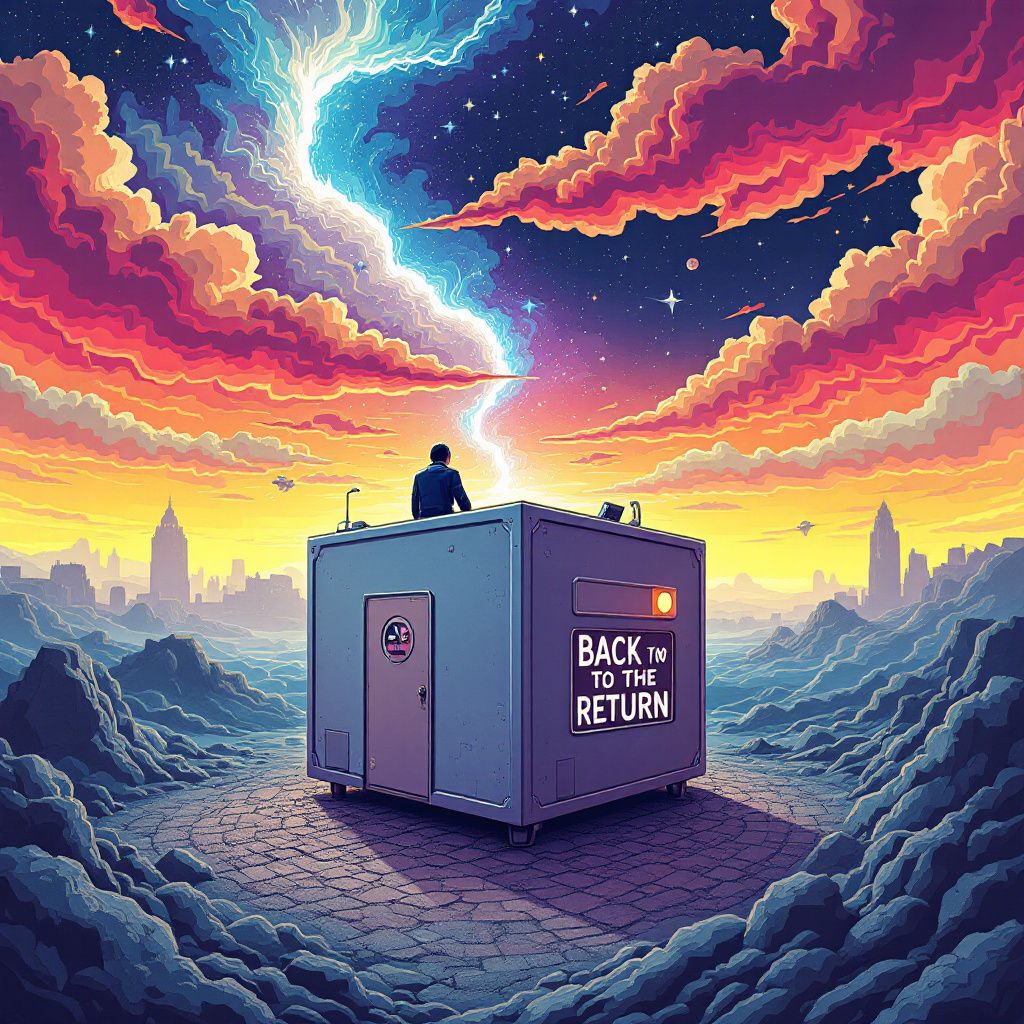The alarm goes off at 6:07 a.m.—the same digital chirp you silenced for two-and-a-half years from the kitchen table. Only now, instead of rolling straight into Slack in fuzzy socks, you’re lacing up real shoes, filling a travel mug, and watching the sun rise over the train platform. The commute is back. The open-plan buzz is back. The “what’s-for-lunch” calculus is back. And, if we’re honest, a low-grade panic is back: tighter budget, tighter schedule, tighter jeans from all that quarantine sourdough.
Take a breath. This is not a setback; it is a relaunch. Every major leap in human history has started with the same awkward moment—leaving the familiar cave, boarding the cramped ship, tightening the backpack straps on the first morning of college. Discomfort is the fare we pay for the next version of ourselves. The office is not a cage; it is a crucible. Budgets are not shackles; they are guardrails that keep the car on the mountain road.
Let’s talk money first, because that’s where fear shouts loudest. Print the last three months of bank statements, highlight every subscription you forgot you had, and cancel three of them before you finish this paragraph. That’s $27–$45 back in your pocket—already half of a weekly train pass. Now open a second checking account nicknamed “Commute & Coffee.” Auto-transfer the exact amount you spent on transportation and work-day lunches in 2019 every payday. When the card reader beeps at the turnstile, you’re not “losing” money; you’re simply spending from the envelope you pre-approved. Guilt stays home.
Next, wardrobe. You swear nothing fits. Good. Host a “fashion funeral” with friends: everyone brings the blazers that pinch and the heels that maim; trade, tailor, or donate them. The average American woman owns $1,600 of clothing she never wears; men clock in at $1,100. Sell 20 % of that on the apps and you’ve funded a capsule wardrobe that actually matches—no credit-card hangover required.
Time is the trickier currency. The commute feels like a tax until you treat it like a classroom. One 35-minute subway ride × 250 workdays = 145 hours a year—almost four full college courses. Download the language app, the audiobook, the coding podcast. Become the person who can give a toast in French, build a website, or quote Maya Angelou before the doors open at your stop. Measure the ride not in minutes lost but in modules completed.
Energy, not hours, is the real resource. Map your circadian peaks: if your brain fires at 9 a.m., batch deep work then; if you crash at 3 p.m., schedule the walk-and-talk meetings. Negotiate two “remote anchor days” per month upfront—evidence shows hybrid teams retain 29 % more employees. Frame it as productivity, not perk; come armed with metrics from your home-office quarters. Leaders rarely argue with numbers wrapped in dollar signs.
Food is where budgets implode. Sunday night, sheet-pan 20 chicken thighs, freeze half, turn the rest into five global personalities: buffalo, tikka, teriyaki, chimichurri, lemon-herb. Buy a $29 rice cooker; while you sleep it steams tomorrow’s lunch. Add a microwavable steamer bag of broccoli at work and you’ve got a $2.40 meal that beats the $14 salad that always leaves you hungry at 3 p.m. Bank the difference—$58 a week—and you’ve funded a weekend getaway every quarter. Celebrate the streak: for every ten packed lunches, transfer $25 into a “Passion Fund” account. Watch how quickly that guitar, photography course, or scuba certification moves from wish list to booked.
Community is the hidden line item. After two years of square screens, the brain forgets how mirror neurons work—smiles are contagious, boredom is survivable, creativity is cross-pollinated. Say yes to the coffee invite even when the budget squeaks; $4.75 is cheaper than therapy and LinkedIn Premium combined. Volunteer to onboard the new hire; teaching accelerates your own mastery by 30 %. Sit at a different table each Wednesday; the random collision with marketing or legal could birth your next project, promotion, or side hustle.
But what if the numbers still don’t add up? Ask for the transit subsidy. Seventy-two percent of Fortune 500 companies have one, yet only 18 % of employees use it. Ask for the salary-adjustment conversation, armed with cost-of-living data and the 17 % productivity uptick you logged from home. If the answer is no, you’ve still practiced a life-skill negotiation that will pay off somewhere, sometime. Courage compounds.
And when the doubt creeps back in—when the alarm feels cruel, the train is late, the latte is lukewarm—remember this: you are not returning to the office; you are advancing through it. The pandemic proved you can work from anywhere; now you get to prove you can grow everywhere. Every sunrise commute is a reminder that you are still in the arena, still trusted, still essential. Every tightened budget is a blueprint for creativity. Every face-to-face meeting is a chance to resurrect the lost art of reading a room, of pitching an idea without the crutch of “you’re on mute.”
Two years from now you will not remember the 6:07 alarm; you will remember the promotion, the mentor, the moment you caught your reflection in the lobby glass and realized you look like the leader you always pictured. The cave was safe, but the sunrise is spectacular. Lace up. The world is reopening—and it needs what you’ve become.
